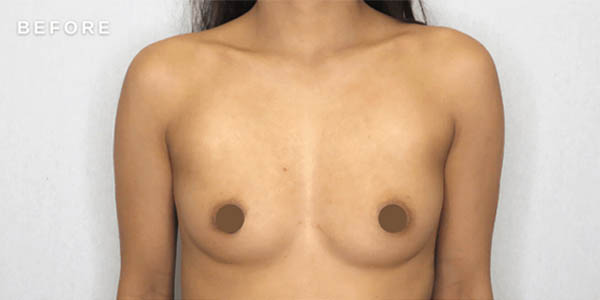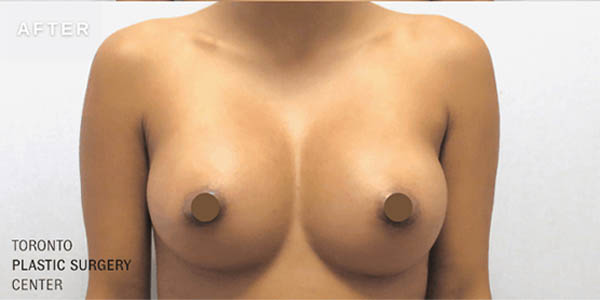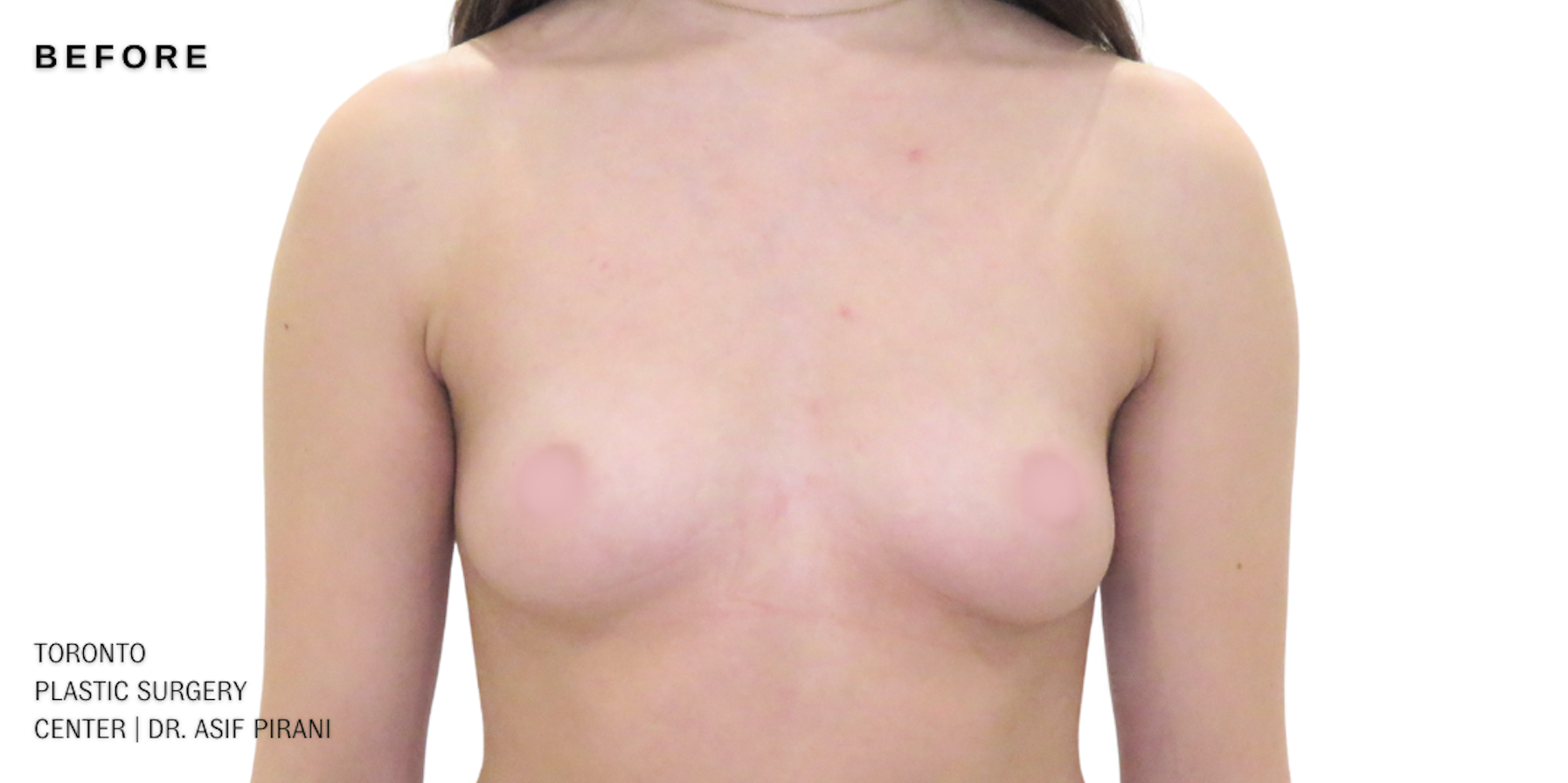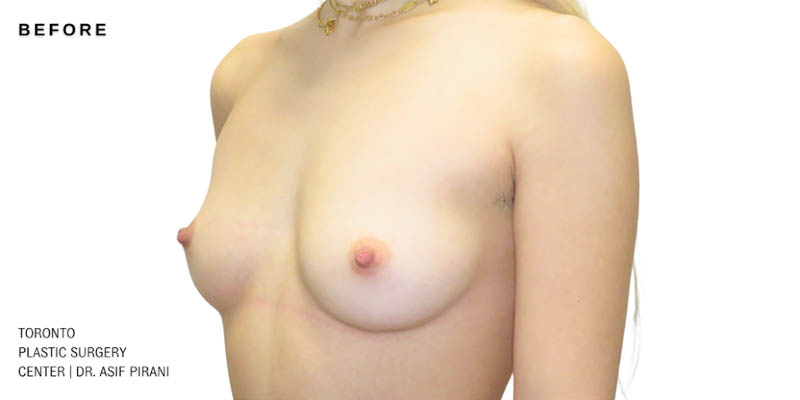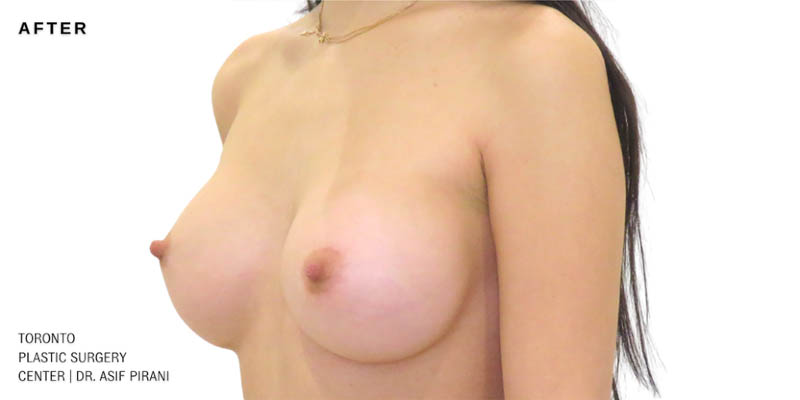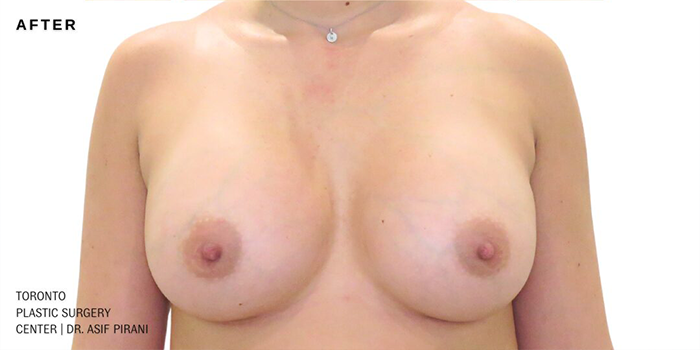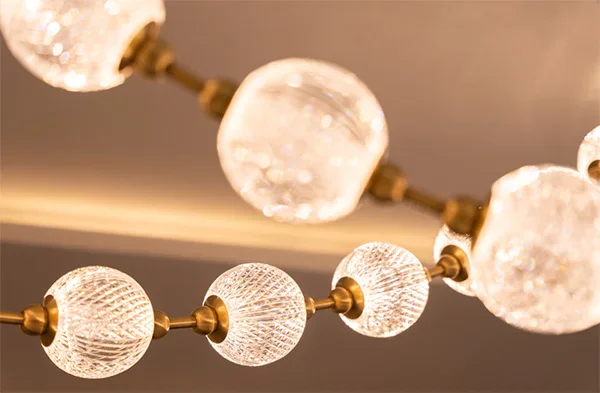Breast implants and mammograms are compatible but may require special considerations and precautions. Breast implants can interfere with the detection and diagnosis of breast cancer, as they can obscure some of the breast tissue and create false shadows or distortions in the images. Therefore, women with breast implants should inform their mammogram technicians and request additional views or a special technique called implant displacement or the Eklund technique, which can improve the visibility and accuracy of the mammogram.
Some of the benefits of breast implants and mammograms are:
- They can help detect and diagnose breast cancer early, which can increase the chances of survival and recovery.
- They can help monitor and evaluate the health and condition of the breast tissue and the implant and detect abnormalities or complications.
- They can help prevent or treat breast cancer by providing information and guidance for further tests or treatments.
Some of the drawbacks of breast implants and mammograms are:
- They can cause discomfort or pain as the breast and the implant are compressed and squeezed by the mammogram machine.
- They can cause damage or rupture, as the pressure or force of the mammogram machine can break or tear the implant shell.
- They can cause false positives or negatives, as the implant can hide or mimic the signs of breast cancer and lead to unnecessary or missed diagnosis or treatment.
Some of the tips and recommendations for breast implants and mammograms are:
- Women with breast implants should have regular mammograms, as recommended by their doctor, and follow the screening guidelines for their age and risk factors.
- Women with breast implants should inform their mammogram technicians about their implants and provide any relevant information, such as the type, size, and placement of the implant and the date and location of the surgery.
Women with breast implants should request additional views or a special technique, such as implant displacement or Eklund technique, which can move the implant away from the breast tissue and provide a clearer and more complete image of the breast. Occasionally, an MRI may be requested to better visualize the breasts.
Women with breast implants should check their breasts and implants regularly and report any changes or symptoms, such as lumps, pain, swelling, or leakage, to their doctor or surgeon.
Breast implants and mammograms are not mutually exclusive, and women can have both without any problems. However, they may also face some challenges or risks and should be prepared and informed about them. By following the above tips and recommendations, women with breast implants can ensure safe and effective breast cancer screening and prevention.
